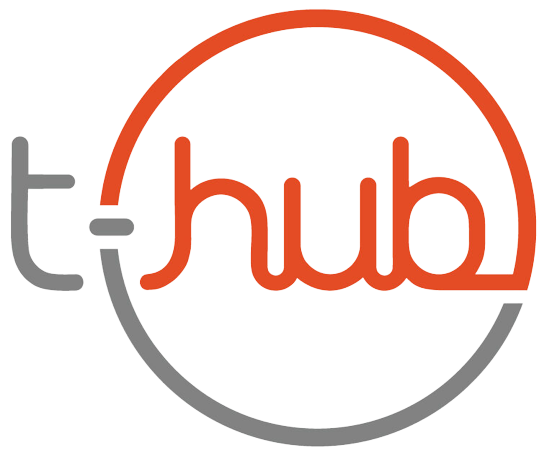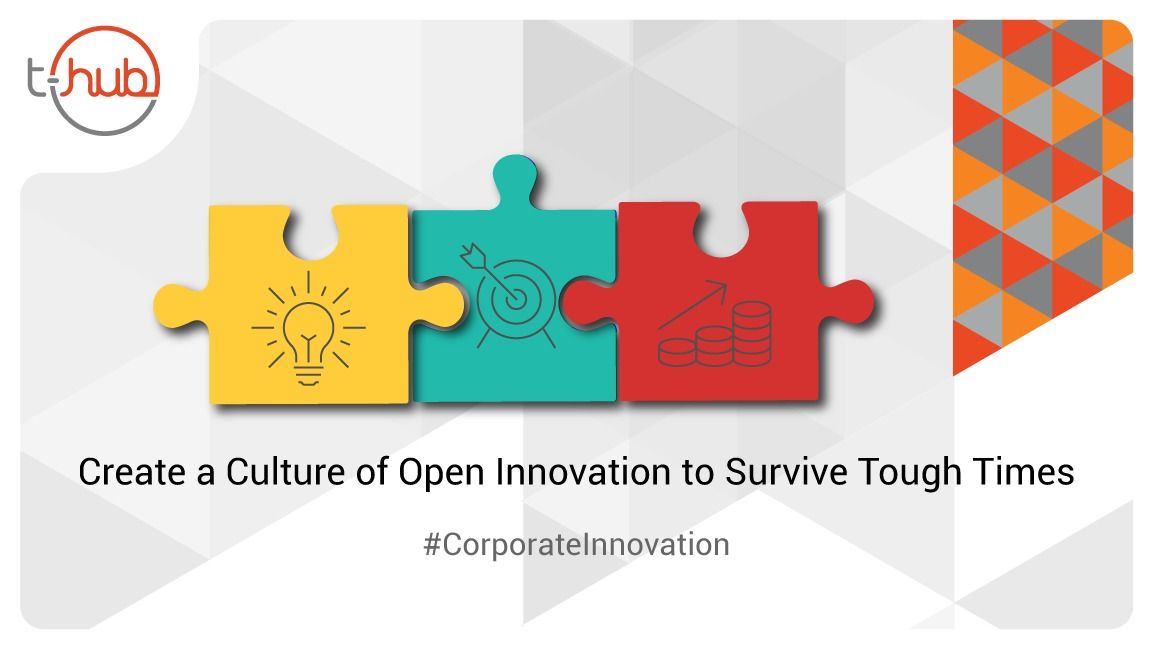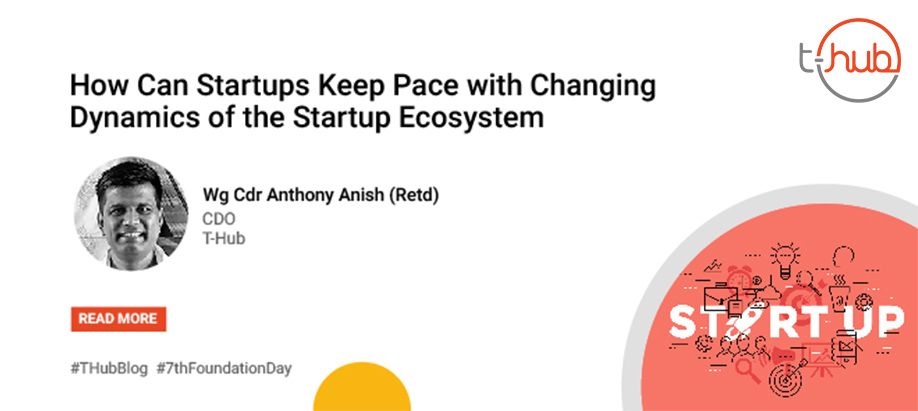The term “open innovation” was coined by Henry Chesbrough in 2003 in his book to explain a modern take on the benefits of innovating collaboratively with external parties, the idea behind open innovation is much older than that. The impact of open innovation in the history of mankind is noteworthy. We have stories that date back to the roman empire to 17th-century seafaring powers to modern multinational companies. When Caesar instituted a policy in which non-Romans with medical skills would be allowed to become a citizen of Rome in exchange for 10 years of medical service in the country, drawing many talented doctors into Rome regardless of race, skin colour, place of birth, or social standing, they were setting early examples of acquisitions, crowdsourcing and process innovation.
So what is open innovation?
“Open Innovation was defined as the use of purposive inflows and outflows of knowledge to accelerate internal innovation, and expand the markets for external use of innovation, respectively” — Henry Chesbrough, 2003
This can also be looked as a paradigm that assumes that firms can and should use external ideas as well as internal ideas, and internal and external paths to market, as the firms look to advance their technology. In this new model of open innovation, firms commercialize external (as well as internal) ideas by deploying outside (as well as in-house) pathways to the market. (openinnovation.net) This is based on the belief that knowledgeable and creative individuals outside the company can also contribute to achieving strategic goals and that sharing intellectual property both ways is useful for different parties in different ways.
How can you make this age-old but recently polished methodology work for your company in these difficult times?
Workplace and Process innovation
Workplace practices and cultures which enable employees at all levels to use their knowledge, competences and creativity to the fullest. It builds organisations in which people come to work to do 3 things: to undertake their functional tasks in the most effective way possible, solve problems efficiently and to improve the business. Ideal workplaces like these are likely to include empowering job design; self-organised team working; open and fluid organisational structures; delegated decision-making and simplified administrative procedures; a coaching style of line management; regular opportunities for reflection, learning and improvement; high involvement innovation practices; the encouragement of entrepreneurial behaviour at all levels; and employee representation in strategic decision-making. This is what enables the team members to act quickly at uncertain times.
ATT has a program called the Foundry where they have developed several centers with a $100 million investment where employees basically get a chance to experiment with pretty much anything they want. Major goal is to shorten the innovation life-cycle for products or services that might take two years to launch to under six months to launch. Teams working on ideas get opportunities to pitch it in a meeting of executives just like an entrepreneur looking for funding would pitch VCs. They also works with the external ecosystem to build technology prototypes for real-world solutions.
Owning part of nothing is better than all of nothing
Instead of shutting down all the future high yield projects. Enable or create a platform for startups/universities/other organizations to develop it for you. This way, you could also invite external investment money. If the spin off fares well, you have several attractive options: maintaining or increasing your equity position, acquiring the spin-off, or cashing out. If it fails, the organisation saved the time and money that it would have spent and will have some lessons learned. Having a flexible environment for the team to fail is important for such initiatives.
Repsol and the fast food company Burger King signed a strategic alliance whereby the gas company holds exclusive rights to have Burger King franchises in gas stations in Spain. Repsol
sells the chain’s food in its stations, in restaurant areas that are staffed with its personnel, who in turn receive directives from Burger King. Instead of starting, establishing and running a new restaurant chain Repsol resorted to partnering with a global leader in the space
Start taking different roles in projects/products to de risk and to increase success probability.
In tough times organisations are pushed to make difficult choices. Instead of fully owning, building and selling the product, join hands with someone else and be a customer, suppliers, co developer etc. This would help decrease cost, save time and create better experiences.This makes for an interesting move when an organisation wants to explore new or adjacent market, initiative is non core to the company, product extensions etc
Put unused/non-strategic patents to work
Many big organisations will have a really active R&D facility and a lot of patents that are not bringing any direct financial benefits. This makes an idea that will be unused otherwise, a successful business and later open avenue for acquisition, licensing and royalty deals. This also helps for further discovery and growth opportunities with rewarding relationships.
NEC, for example, has used a series of collaborative ventures to enhance its technology and product competences, despite its investing less in R&D. (comparing with competitors like Texas Instruments, Northern Telecom, and L.M. Ericsson). Its string of partnerships, most notably with Honeywell, allowed NEC to leverage its in-house R&D over the last two decades.
Product ecosystem innovation
Bringing internal ideas and projects out into an open domain has the practical benefit of shifting costs outside as well. More important, open domains stimulate participation in those projects by a much wider community and, potentially, accelerate progress that advances the overall market. This opens doors for opportunities in multiple facets. Essentially this type of innovation is rooted in how products and services (from partners included) connect or bundle each other to create a scalable and robust platform. Product bundling is a common product ecosystem innovation.
Swedish designer Arne Lydmar started Elfain in 1948 to offer a smart storage solution. Based on three central components (a drawer system, a shelving system, and sliding doors) the potential for customization of the furniture were virtually limitless. In the tech world, the programs that went to MS office were offered as individual products in the beginning. The bundled suite later set standard for productivity tools internationally
Nurture relationship with external stakeholders
The organisation’s network consists of a wide variety of opportunities. Like partners, allies, researchers,innovative startups and other resources. Startups/universities with active R&D programs or are working on the bleeding edge of technology continually generate opportunities that may eventually prove valuable in the future. Those options that don’t align closely with a company’s core businesses can be hard to nurture in difficult times. By engaging with your ecosystem during a downturn, you become a preferred partner for innovative opportunities that emerge from the many parties surrounding your business and its value chain. The companies that resorted to cost cutting may find it difficult to rise, when the growth returns to the market.
Confused on what works for your organisation? Drop a note to us.
References:
10 types of innovation by Larry keeley
— Aju G Nair, Senior Associate, Corporate Innovation, T-Hub






